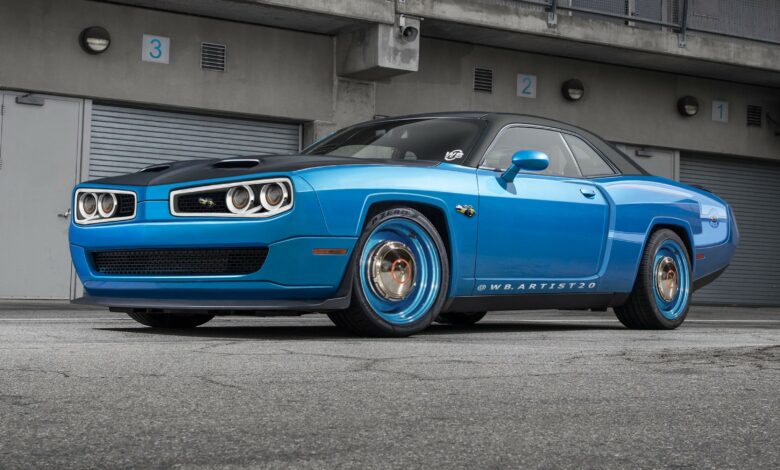
The Dodge Coronet is was one of the longest-running nameplates in the history of the Dodge brand. The Coronet name originated in 1949 and became the brand’s most premium model. In 1955, the nameplate was restructured to be the entry-level trim for the brand. It was soon after, the name was introduced to its midsized models. It was then, the Coronet took on a new life as a muscle car, by offering the 7.2-liter (440 cubic-inch) V8 in 1965, a year later the Coronet could be optioned with the legendary 7.0-liter (426 cubic-inch) HEMI V8.
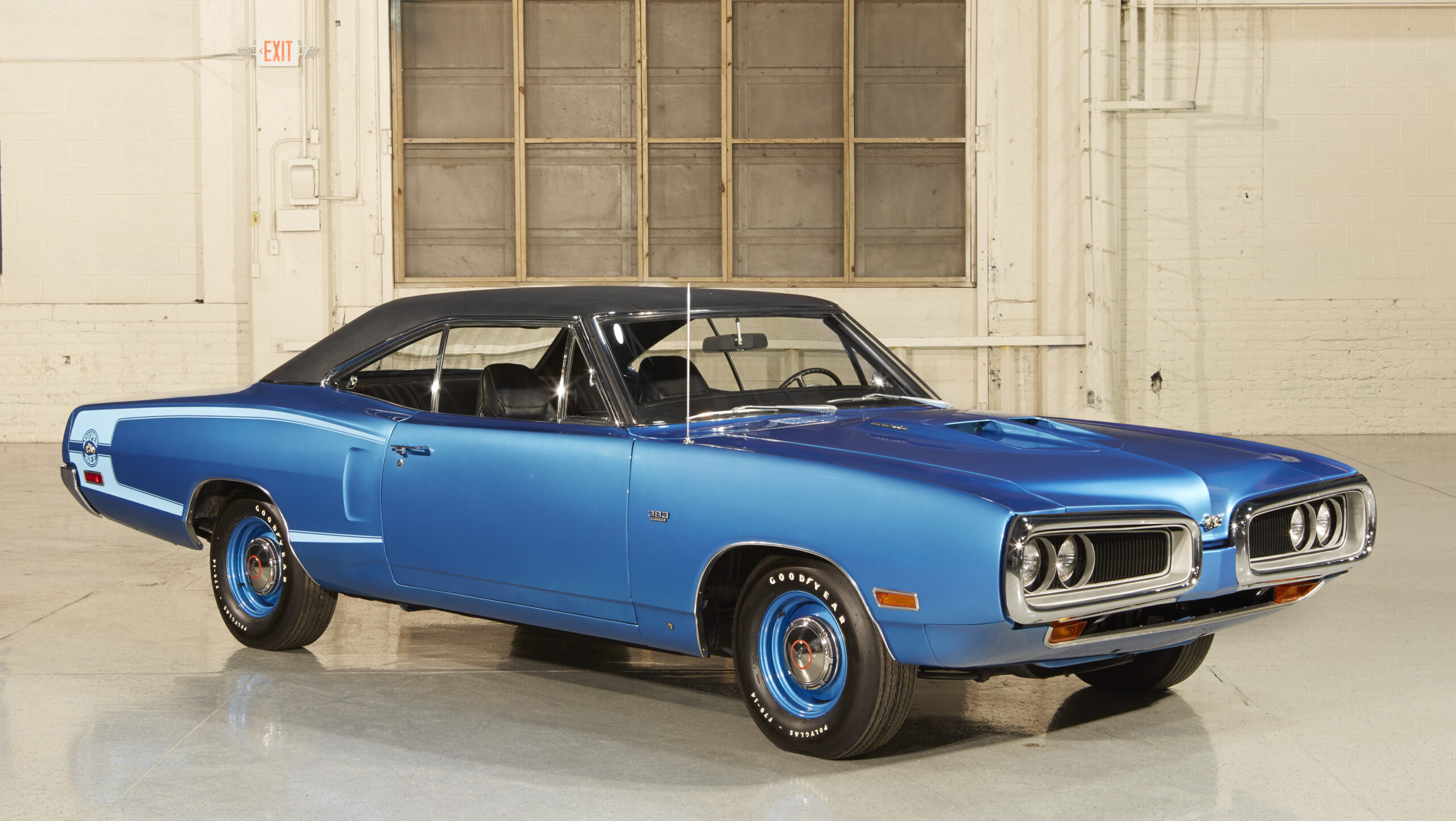
In 1968, Dodge introduced the Dodge Coronet Super Bee as part of the brand’s ‘Scat Pack’ performance group. It brought high-performance muscle to a low price class. The two-door coupe came standard with the bold 6.3-liter (383 cubic-inch) ‘MAGNUM’ V8 making 335 horsepower and 425 lb-ft (576 N⋅m) of torque. Optional was the 426 HEMI V8 making an underestimated 425 horsepower and 490 lb-ft (664 N⋅m) of torque. Only 125 Super Bees with the HEMI would leave the assembly line in 1968.

Customers could choose between a Mopar A833 4-speed manual transmission with a Hurst Competition-Plus shifter with Hurst linkage or the infamous A727 3-speed TorqueFlite automatic transmission.
In 1969, the radical 440 Six-Pack was added to the Super Bee’s list of engine options. By placing three Holley two-barrel carburetors on top of the 440 ‘MAGNUM’ V8, the Super Bee generated 390 horsepower and 490 lb-ft (664 N⋅m) of torque.
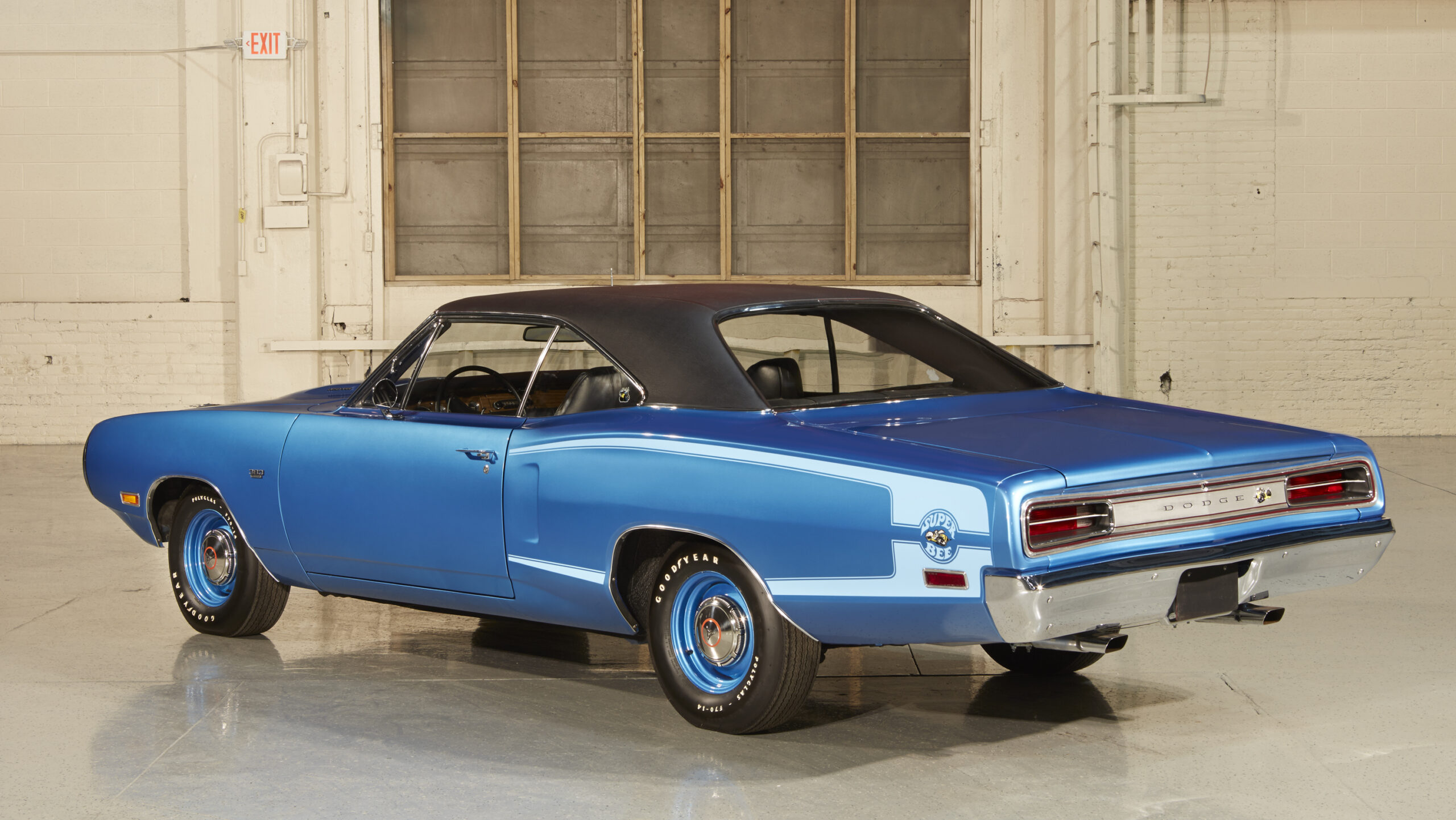
For 1970, the Super Bee was back with the Coronet adapting more of a ‘bee’ like front end design treatment. It created one of the most iconic looks for a muscle car of the era.
The Super Bee was switched to the Charger model for 1971 but continued to offer its impressive engine line-up and heavy-duty suspension. The HEMI-powered 1971 Dodge Charger Super Bee could reach 60 mph in 5.7 seconds and ran the quarter-mile in only 13.7 seconds.
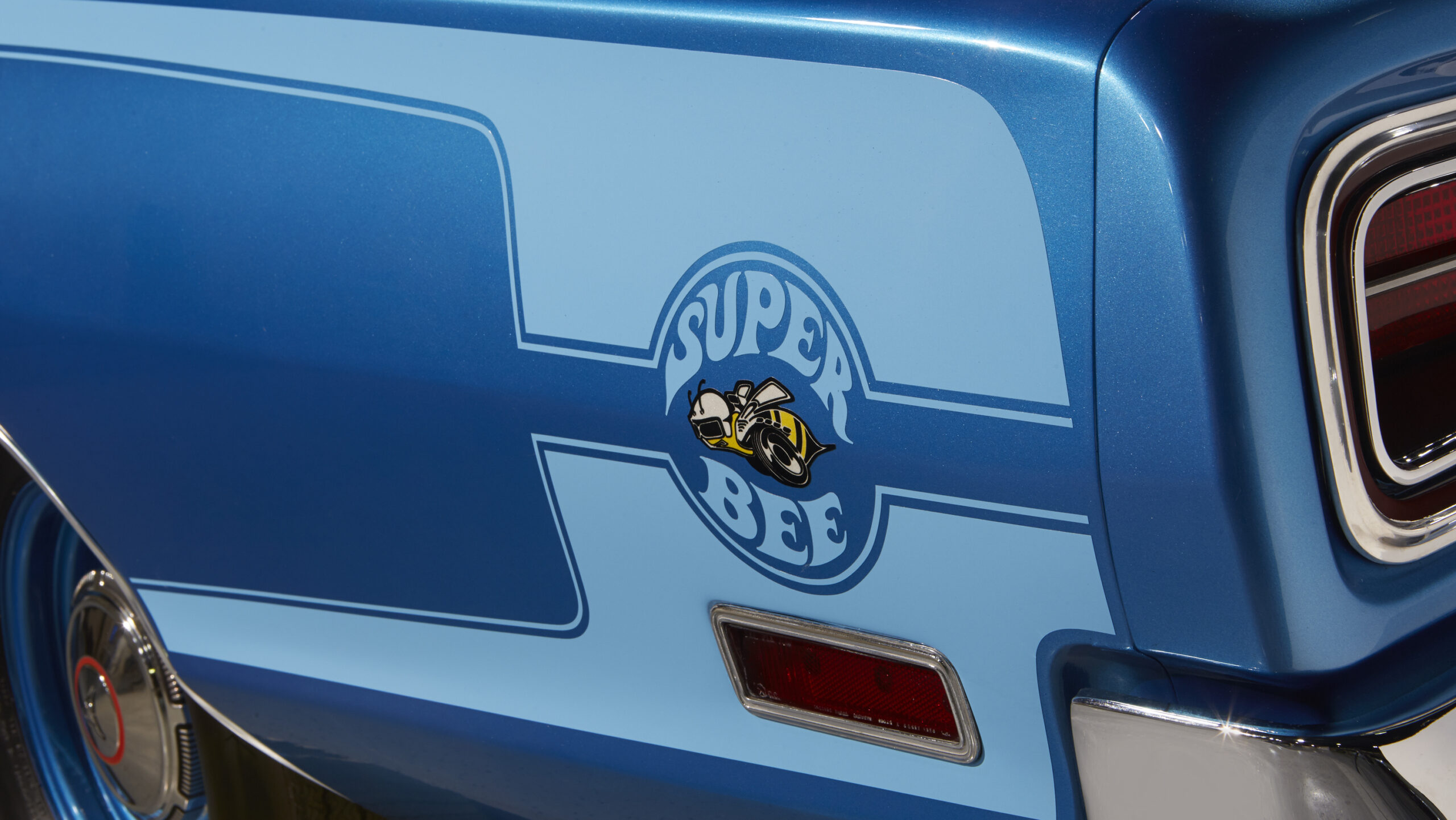
In its brief original four-year run, the name Super Bee reached legendary status by giving the customer an ultra-high performance vehicle that they could drive to work during the week, yet take to the track on the weekend and outperform the competition.
Our friend digital artist wb_artist20, has come up with a modern take on two-door Coronet Super Bee in his latest design. Using the 797 horsepower Dodge Challenger SRT Hellcat Redeye as his inspiration, the Coronet design looks very modern despite its retro-cues.
Using the 1970 Dodge Coronet as his inspiration, gone are the modern-day ‘crosshair’ and ‘bandit’ grilles that we have become accustomed to with the Dodge lineup. Instead, we get an upright grille on an angular slant with quad-headlamps and large lower fascia opening. The design creates a clear look that pays homage to the original Super Bee coupe.
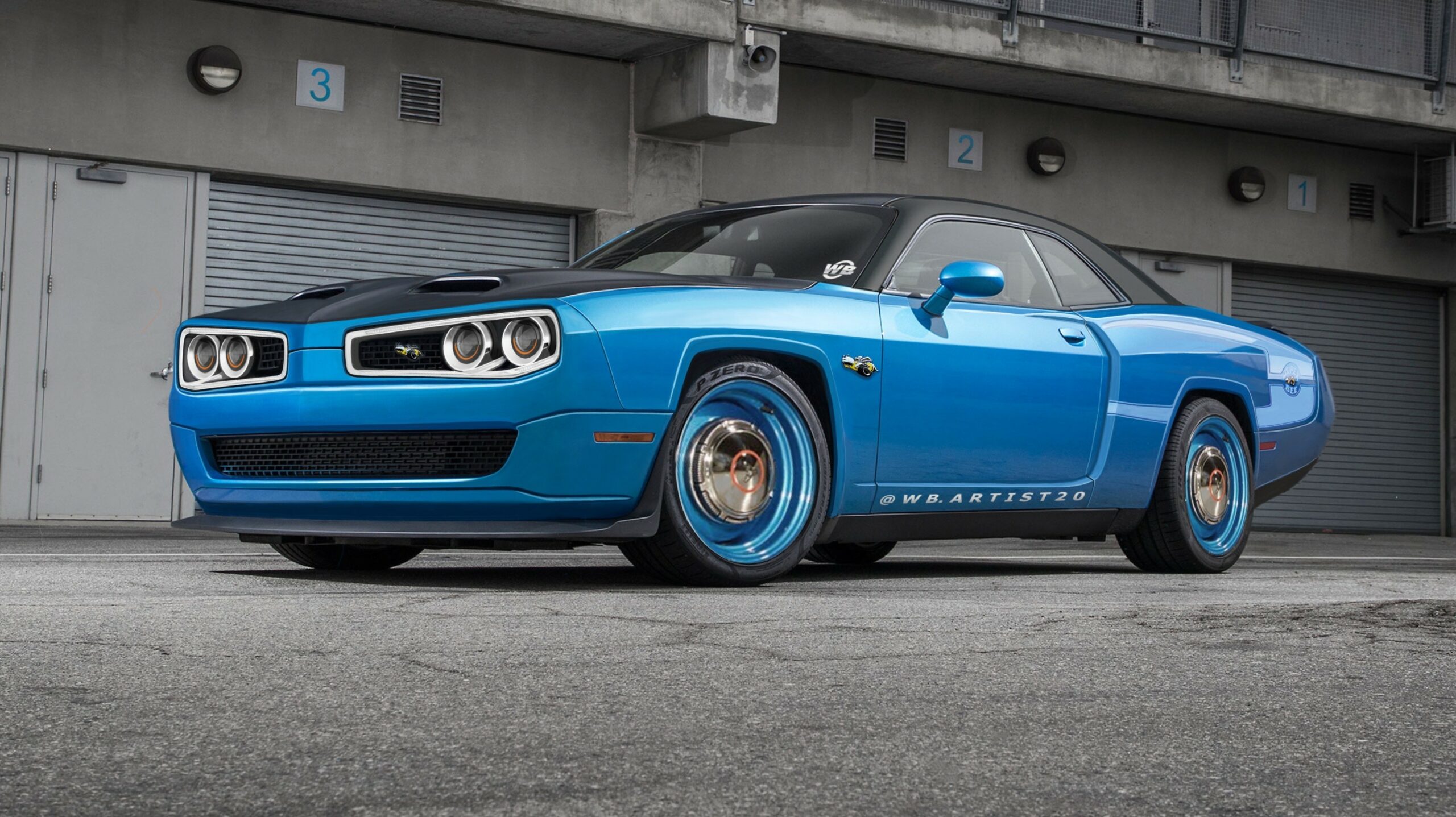
Squared off fender openings, 20-inch steel wheels replacing the original 14-inch units, and a two-tone black and B5 Blue paint scheme with 1970-inspired Super Bee graphics, give this design the perfect stance in today’s world of muscle cars. The Redeye’s twin-snorkel hood which is inspired by the original Super Bee looks like it’s meant to be there.
While we love the modern-day special edition Super Bees, nothing has taken the place of the original. We love this design and we think it’s time for another take on the Super Bee.

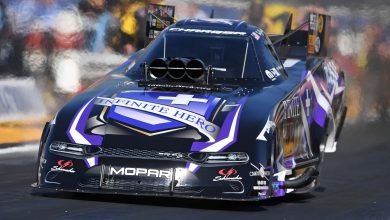
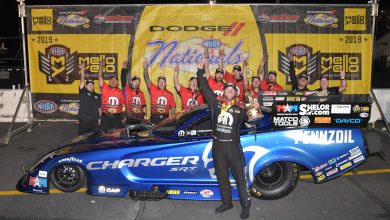
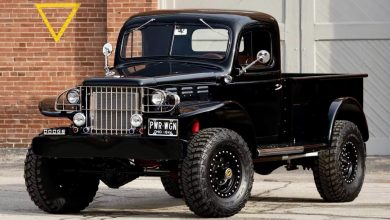
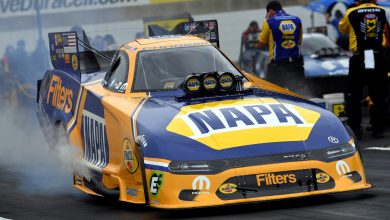
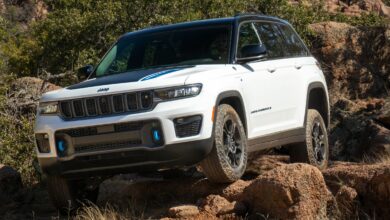
5 replies
Loading new replies...
Join the full discussion at the Mopar Insiders Forum →